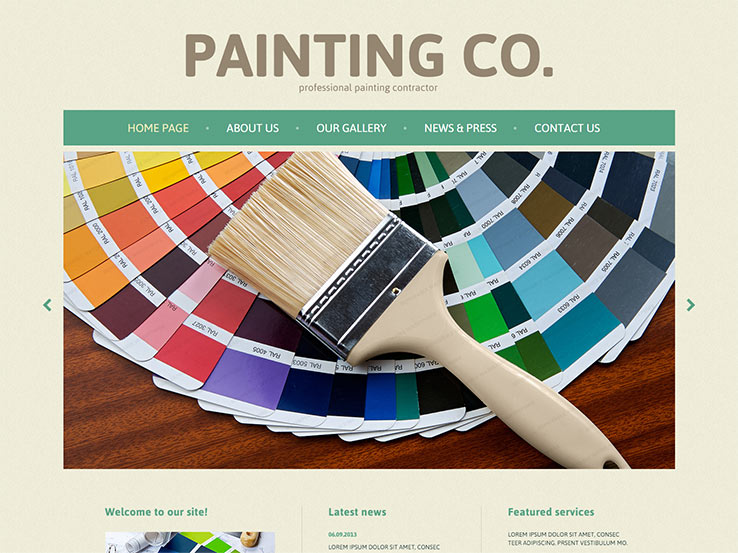Check Out The Duty Of Seasonal Consider The Success Of Industrial Exterior Painting And Discover The Best Times To Safeguard Long Lasting Outcomes For Your Job
Check Out The Duty Of Seasonal Consider The Success Of Industrial Exterior Painting And Discover The Best Times To Safeguard Long Lasting Outcomes For Your Job
Blog Article
Produced By-Burnham Chaney
When you're planning a commercial outside paint job, seasonal variables can make or damage your results. You'll intend to take into consideration exactly how temperature level and moisture effect paint application and drying times. Picking the ideal period can guarantee your paint adheres correctly and lasts much longer. However which seasons are absolutely the very best for this type of job? Allow's explore the crucial elements that can impact your project's success.
The Effect of Temperature on Paint Application
When you're preparing an industrial exterior paint job, the temperature level can considerably affect just how well the paint adheres and dries out.
Preferably, you wish to paint when temperature levels vary between 50 ° F and 85 ° F. If it's too cold, the paint may not heal properly, leading to concerns like peeling off or splitting.
On the other hand, if it's too warm, the paint can dry out as well promptly, stopping proper bond and resulting in an unequal surface.
You should additionally think about the time of day; morning or late afternoon uses cooler temperature levels, which can be a lot more beneficial.
Always check the producer's suggestions for the specific paint you're making use of, as they usually offer guidance on the optimal temperature array for ideal outcomes.
Moisture and Its Impact on Drying Times
Temperature isn't the only environmental factor that influences your commercial outside painting job; humidity plays a significant duty too. High humidity degrees can slow down drying out times substantially, impacting the total high quality of your paint work.
When the air is filled with moisture, the paint takes longer to cure, which can lead to concerns like poor attachment and a higher risk of mold development. If you're painting on an especially moist day, be prepared for extensive wait times between layers.
It's essential to check regional climate condition and plan accordingly. Preferably, go for moisture degrees between 40% and 70% for optimal drying.
Maintaining these factors in mind guarantees your job stays on track and supplies a long lasting surface.
Best Seasons for Commercial Outside Painting Projects
What's the best season for your business external painting projects?
click the up coming website and early autumn are generally your best options. Throughout these seasons, temperatures are light, and moisture levels are typically lower, creating excellent problems for paint application and drying.
https://professional-painters-nea12221.blog-ezine.com/34498134/check-out-the-present-methods-and-patterns-in-home-paint-and-be-fascinated-by-the-initial-concepts-for-changing-your-living-atmosphere , which can create paint to completely dry as well quickly, resulting in bad attachment and surface. Similarly, house painting services in dfw can impede correct drying out and treating, risking the longevity of your paint work.
Aim for days with temperatures in between 50 ° F and 85 ° F for optimum results. Keep in mind to inspect the local weather report for rain, as wet conditions can wreck your project.
Planning around these elements guarantees your paint project runs efficiently and lasts much longer.
Conclusion
Finally, intending your industrial external painting tasks around seasonal factors to consider can make a substantial distinction in the result. By organizing job during the suitable temperatures and moisture levels, you'll ensure better adhesion and drying out times. Keep in mind to keep an eye on regional weather report and pick the correct time of year-- springtime and very early autumn are your best bets. Taking these steps will certainly help you achieve a long lasting and specialist finish that lasts.
